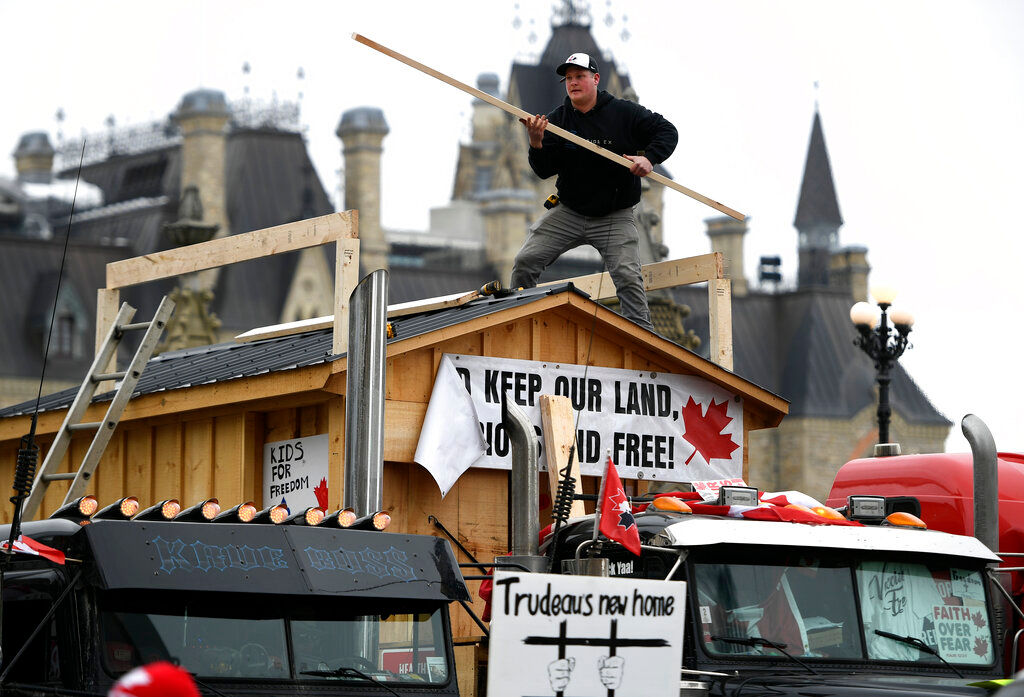With the Freedom
Convoy protests continuing to rage, the United States government has called on
the Canadian government to use federal powers to quell the demonstration. The
Freedom Convoy protests against pandemic curbs began two weeks ago and have
since blocked the Ambassador Bridge – North America’s busiest land border
crossing.
Blocking of the
bridge has caused serious supply-chain issues for the global automobile
industry. The bridge is an important supply route for carmakers in Detroit. General Motors and Stellantis have reduced shifts and cut down production,
according to a Reuters report. Toyota suspended production on Saturday.
Also Read | Convoy protests over anti-vaccine continue in Canada’s Ottawa: What we know so far
On Thursday, US
homeland security secretary, Alejandro Mayorkas, and the transportation
secretary, Pete Buttigieg, called upon the Canadian administration to use federal
forces, Reuters reported a White House official as saying.
“US and Canadian border and customs authorities
are working with great urgency to ensure the continued flow of goods and
services across our international border, leveraging alternative land routes,
as well as air and sea options.”
Federal leaders in
Canada have called the Freedom Convoy protests illegal and have appealed to
protestors to return home. “[If] the protestors don’t leave, there will have to
be a path forward,” said Drew Dilkins, mayor of Windsor, one of the cities affected
by the protests along with Ottawa.
Also Read | In Pics | ‘Freedom Convoy’ protests continue as US urges Canada to act
The mayor of
Windsor aired his apprehension that attempts to forcibly remove protestors may
end up triggering a counter-reaction and cause more people to join the
protests.
The Freedom Convoy
protests started in Canada’s Ottawa nearly two weeks ago when a section of truckers
who move goods between the US-Canada border began protesting a vaccine mandate.
Similar protests have since broken out in New Zealand, Australia, France and
Belgium.







